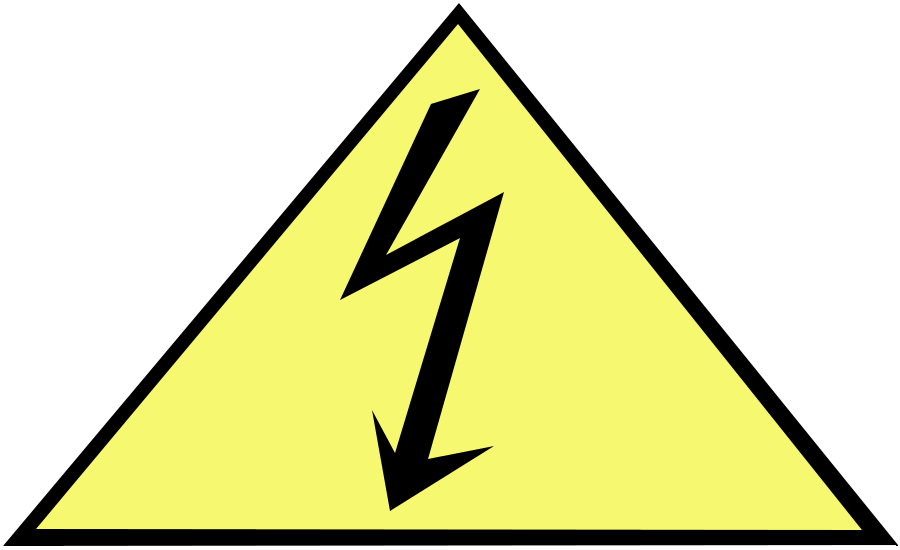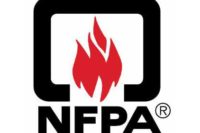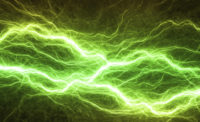Use this checklist as a guide to avoid common mistakes that can sabotage your analysis before it even starts. The entire project will be performed under the supervision of a licensed Professional Engineer (PE).
- Read the current edition of the NFPA 70E. Attend a training course.
- Share Arc Flash Risk Assessment plans with your electrical workers and ask for their feedback.
- Collect existing one-line diagrams. …
- Collect electrical equipment maintenance records.
- Collect any previous engineering study data - such as short circuit studies, protective device coordination or load flow studies.
- Confirm the loads are properly identified in the panel board directory to streamline the data gathering process. …
- Select a plant electrician or technician familiar with equipment within the facility to accompany the engineering technician during data collection.
- Communicate the schedule and purpose of the engineering technician who will be performing data collection to all facility personnel.
- Arrange for special access clearance, as required, to reach areas with electrical equipment.
- Determine if there are acceptable conditions for the engineering technician to take photographs within your facility.
- Identify safety requirements specific to your facility that the engineering technician will need to follow during data collection.
- Select the person who will review the draft Arc Flash Incident Energy Report during the review period
- Enroll electrical personnel in a NFPA 70E safety course.
How long should the study take?
Duration of the study is affected by the type of equipment and other conditions, but through experience the following Project Duration Formula is a good estimate:
3.2x =y
100
Where x = the quantity of components in your power system (phase equipment rated 240 volts or greater and three phase equipment rated lower than 240 volts when served from a 125+ kva transformer) and where y = the estimated duration of the project (in days).




